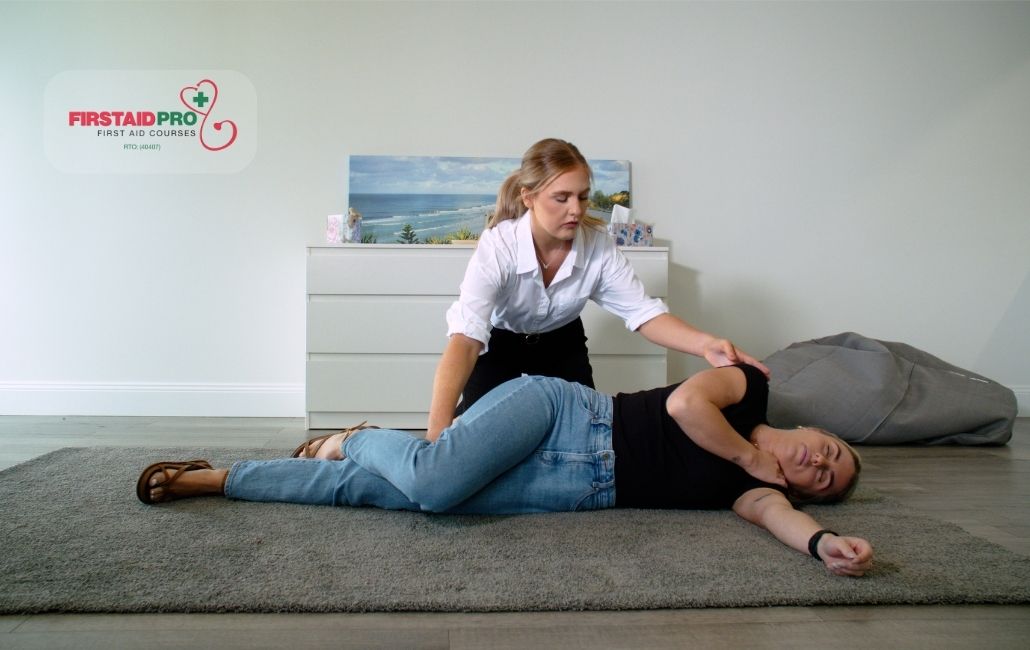Introduction
In the world of emergency response, understanding exactly how to look for responsiveness is an essential ability that can suggest the distinction between life and fatality. Whether you're an average onlooker or an experienced medical care expert, understanding the subtleties of assessing a casualty's problem is vital. This post intends to give detailed insights into various aspects of examining responsiveness in emergency situations. By diving into subjects such as standard Salisbury CPR classes available vs advanced life support, health center codes and procedures, and public defibrillator usage, we will equip you with the expertise needed to act effectively when it matters most.
How to Effectively Inspect Responsiveness in Emergencies
When confronted with a subconscious or less competent person, your first task is to identify their level of responsiveness. Yet exactly how do you set about this? The process begins with an extensive assessment of the casualty's state:
Approach Safely: Make sure the area is safe for both you and the victim. Assess Responsiveness: Delicately tremble the individual's shoulder and loudly ask if they're okay. Check Breathing: If there's no feedback, look and pay attention for regular breathing.This basic technique establishes the stage for advanced procedures if necessary.
The Value of Examining Responsiveness
Checking responsiveness serves as a portal to more clinical intervention. Understanding whether an individual is receptive help in determining whether basic life support (BLS) or advanced life support (ALS) measures are required.
Basic vs Advanced Life Support
- Basic Life Support (BLS) covers essential techniques such as mouth-to-mouth resuscitation and using an Automated External Defibrillator (AED). Advanced Life Support (ALS) includes innovative medical interventions generally performed by health care professionals.
Understanding these distinctions stresses why examining responsiveness is important; it determines which protocol needs to be activated.
Identifying No Breathing
One crucial element of emergency situation response is identifying whether somebody is breathing or otherwise. Identifying "no breathing" can be challenging however crucial:
Look: Observe chest movements. Listen: Put your ear near their mouth to hear breath sounds. Feel: Check for air movement against your cheek.If a person isn't breathing, initiate mouth-to-mouth resuscitation immediately while asking for emergency situation help.
Maintaining Calmness During Emergencies
When faced with emergency situations, it's easy to panic, yet maintaining calmness can significantly improve outcomes:
- Take deep breaths. Focus on what requires to be done step-by-step. Remind yourself that you have training or understanding that can help.
Composure enables you to think plainly and act emphatically when examining responsiveness and offering care.
Public Defibrillator Usage
Public spaces typically have actually Automated External Defibrillators (AEDs) available, making it vital to recognize just CPR Training Salisbury how they operate:

Knowing how to use these gadgets can substantially increase survival prices throughout heart emergencies.
Hospital Codes and Protocols
Every healthcare facility has developed procedures regarding emergency feedbacks:
- Codes like "Code Blue" commonly suggest a client needing instant resuscitation efforts. Familiarizing yourself with these codes can enhance interaction when handing over a casualty to medical personnel at a health center setting.
Taking Turns on Compressions
Performing mouth-to-mouth resuscitation properly calls for stamina and focus; hence taking turns on compressions can be beneficial:
Change rescuers every 2 mins if possible. Ensure that compressions are consistent without interruption during handoffs. Maintain correct depth-- preferably regarding 2 inches in grownups-- and rate-- at least 100 compressions per minute.These pointers ensure that top notch compressions are kept throughout till specialist help arrives.
Lower Compression Depth vs Greater Compression Depth
The compression deepness throughout CPR has considerable ramifications:
- A reduced compression depth might not circulate blood effectively enough, whereas too deep can create injury.
The optimal depth usually drops around 5-- 6 centimeters (regarding 2-- 2.5 inches) for adults but ought to always be assessed based upon situational needs.
Slow Compression Rate
While preserving sufficient rate is critical during CPR compressions, slow compression rates may lower effectiveness:

- Aim for consistent rhythmic compressions without rushing via them.
A fast however regulated strategy ensures optimal blood circulation till emergency responders take control of care.
FAQs
1. What ought to I do first when I discover a person unresponsive?
First, make sure safety and security for both you and the target prior to inspecting their responsiveness by carefully drinking them and asking if they are okay.
2. Exactly how do I recognize if somebody requires CPR?
If the person does not react verbally or physically after shaking them and reveals indicators of no breathing or irregular breathing patterns, launch CPR immediately.
3. Can any person make use of a public defibrillator?
Yes! Public defibrillators are created for usage by nonprofessionals; numerous come with clear voice directions assisting customers via each step of operation.
4. What are healthcare facility codes?
Hospital codes refer to particular phrases utilized within medical facilities showing specific emergency situations requiring prompt response from team-- like "Code Blue" signaling cardiac arrest situations.
5. Is BLS accreditation necessary?
While it's not compulsory for everybody, obtaining BLS certification prepares individuals for emergency situation circumstances involving adult sufferers calling for basic life support methods effectively.
6. The length of time need to I execute mouth-to-mouth resuscitation before stopping?
Continue doing mouth-to-mouth resuscitation up until professional help arrives or up until you discover signs of healing such as normal breathing or motion from the casualty.

Conclusion
Understanding exactly how to successfully inspect responsiveness in emergencies incorporates a number of crucial elements-- from identifying no breathing signs to using public defibrillators efficiently. The ability to maintain composure under pressure while taking decisive activities like carrying out premium CPR can not be overstated; they add considerably towards boosting survival rates in important situations.
Equipping oneself with expertise concerning health center codes and procedures additionally simplifies communication upon moving like professional -responders-- an essential step toward making certain ideal results in crisis circumstances entailing unconscious individuals requiring instant support! As a result, whether you're a day-to-day citizen or component of health care training programs such as BLS certification training courses-- mastering these abilities will empower you with self-confidence when it absolutely counts!